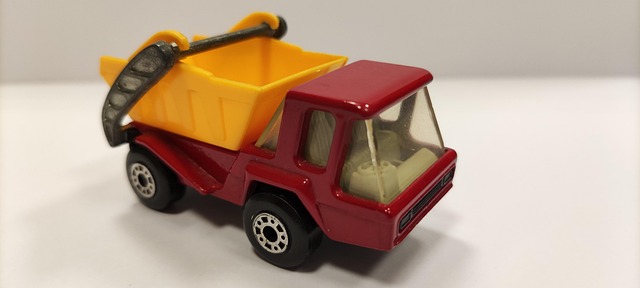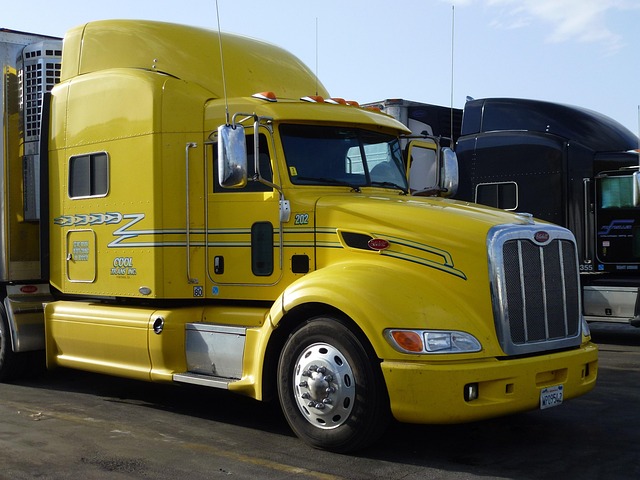Looking to register your car in California? This comprehensive guide walks you through the entire process, from understanding vital requirements to securing your license plate. Discover the essential steps, including gathering all necessary documents and undergoing a DMV VIN verification inspection. We’ll navigate you through completing the registration application and finishing with a fresh set of California plates.
- Understand California Car Registration Requirements
- Gather Necessary Documents for Registration
- Visit Your Local DMV for Vehicle Inspection
- Complete the Registration Application Process
- Finalize and Obtain Your California License Plate
Understand California Car Registration Requirements

Before registering your car in California, it’s crucial to understand the state’s specific requirements. The California Department of Motor Vehicles (DMV) mandates several crucial steps for new and existing vehicle owners alike. One essential aspect is the DMV’s Vehicle Identification Number (VIN) verification process, which ensures that all vehicles on California roads meet safety and environmental standards.
This process involves a thorough inspection of your car’s VIN, often facilitated by mobile vin verification or a mobile vin inspector. These services allow you to obtain accurate and up-to-date information about your vehicle’s history, including any previous accidents or outstanding issues, making the registration process smoother. By ensuring your car meets all requirements through proper vin inspection, you can avoid potential delays or complications when registering your vehicle with the DMV.
Gather Necessary Documents for Registration

Before you start the registration process, make sure to gather all the essential documents required by the California Department of Motor Vehicles (DMV). This includes your vehicle’s registration certificate from the previous state, if applicable, and a completed application form for registration. It’s also crucial to have proof of insurance, which can be in the form of an insurance card or a letter from your insurer. One important step is to undergo a DMV VIN verification process, ensuring your vehicle’s identification number (VIN) is accurate and valid.
Additionally, you’ll need to provide a valid driver’s license or state ID, proof of residency, and payment for the registration fees. If you’ve recently purchased the car through a dealership, they might assist with some of these steps, especially with obtaining the necessary forms and conducting a mobile VIN inspection (or verification) to ensure the vehicle’s history is clear. Always double-check that all documents are up-to-date and accurate to avoid delays in the registration process.
Visit Your Local DMV for Vehicle Inspection

Before registering your car in California, it’s crucial to have your vehicle inspected by your local DMV. This process involves a thorough examination to ensure that your car meets all safety and emission standards. During the inspection, the DMV will verify critical information like the Vehicle Identification Number (VIN) to cross-reference data with their records, ensuring the vehicle’s authenticity.
For added convenience, many individuals opt for mobile VIN verification or mobile VIN inspection services. These alternatives allow you to complete the initial verification process from the comfort of your home or office, saving time and effort. However, it’s essential to remember that these services might have specific requirements or limitations, so it’s best to consult with a professional or check with your local DMV for details regarding mobile inspections.
Complete the Registration Application Process

After gathering all the necessary documents and ensuring your vehicle meets California’s requirements, it’s time to complete the registration application process with the DMV (Department of Motor Vehicles). Fill out Form DMV-123, which can be downloaded from the DMV website or obtained at any local DMV office. This form requires detailed information about your vehicle, including its make, model, year, and unique Vehicle Identification Number (VIN).
A crucial step in this process is the dmv vin verification, which ensures the VIN on your vehicle matches the one provided in the registration documents. You can facilitate this with a mobile vin verifier, allowing for a convenient and efficient vin inspection right from your smartphone or tablet. Once your application is complete and all verifications are successful, submit it along with the required fees to finalize the registration of your California vehicle.
Finalize and Obtain Your California License Plate

After successfully registering your vehicle with the California DMV, it’s time to finalize the process and obtain those coveted license plates. This involves a crucial step known as VIN (Vehicle Identification Number) verification, which ensures that all the information about your car is accurate and matches the records at the DMV. For many, this means taking their vehicle to an inspection station for a formal vin inspection. However, with modern technology, you can also opt for a convenient mobile vin verifier, where a professional inspects your car remotely using advanced tools.
Once your VIN has been verified, you’ll receive a unique set of California license plates tailored to your vehicle’s details. These plates are not just identifiers; they serve as a visible representation of your car’s legal status in the Golden State. Ensure that you securely attach these plates to your vehicle, and voila! Your car is now officially registered and ready to hit the bustling California roads.
Registering a car in California involves understanding state requirements, gathering essential documents, undergoing a vehicle inspection at your local DMV, completing an application process, and finally securing your California license plate. This step-by-step guide ensures you navigate the process smoothly, including crucial steps like dmv VIN verification. With these simple steps, you’ll be legally registered and ready to hit the road in no time.
